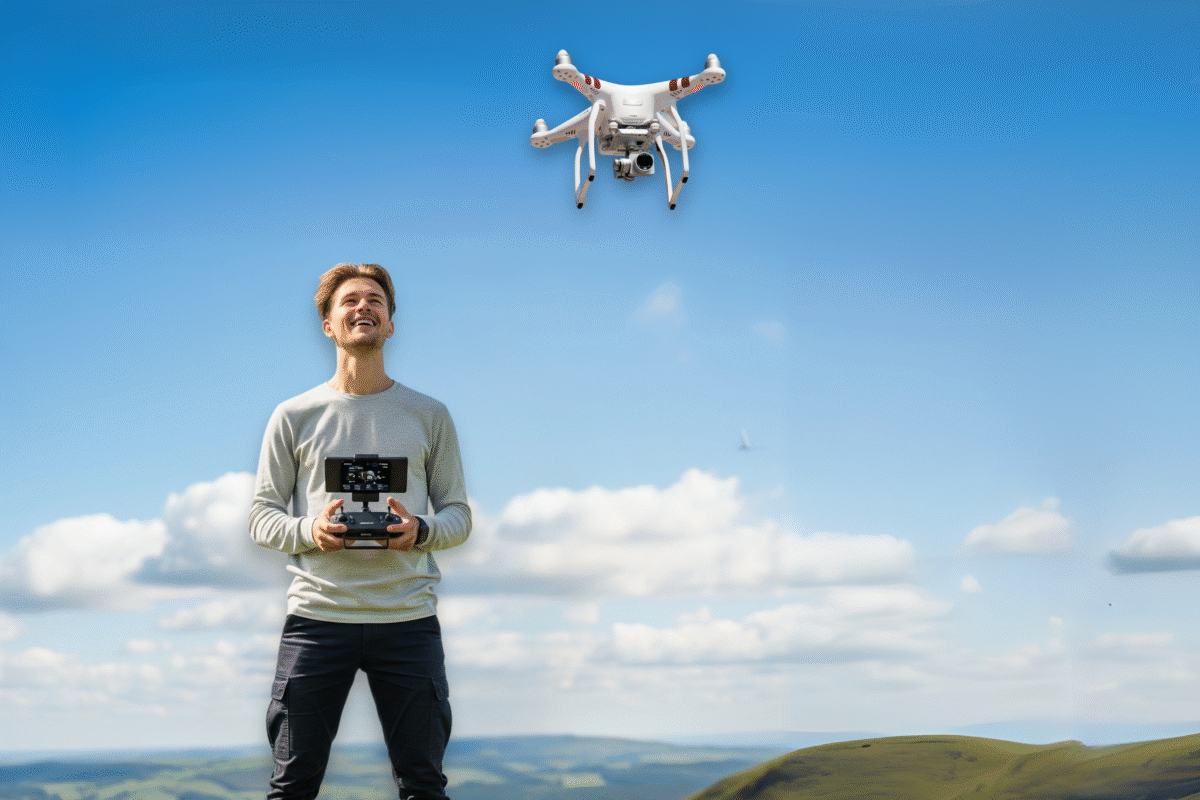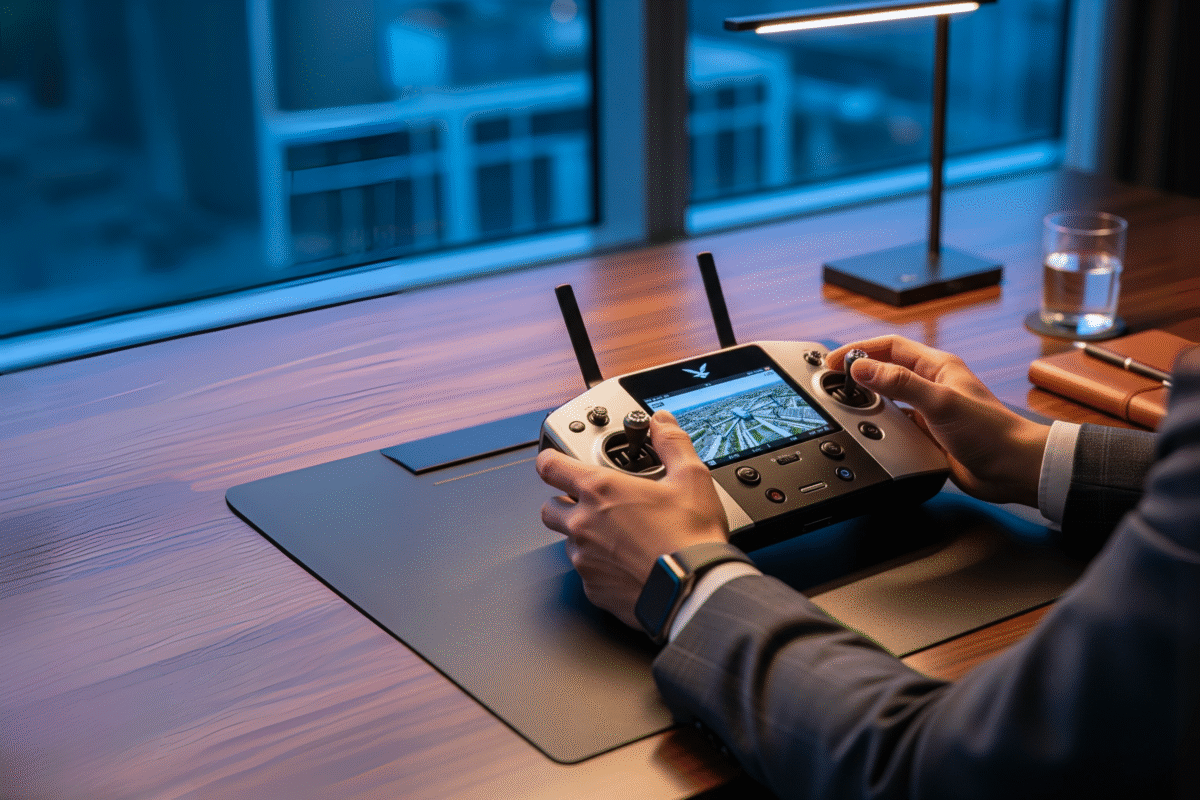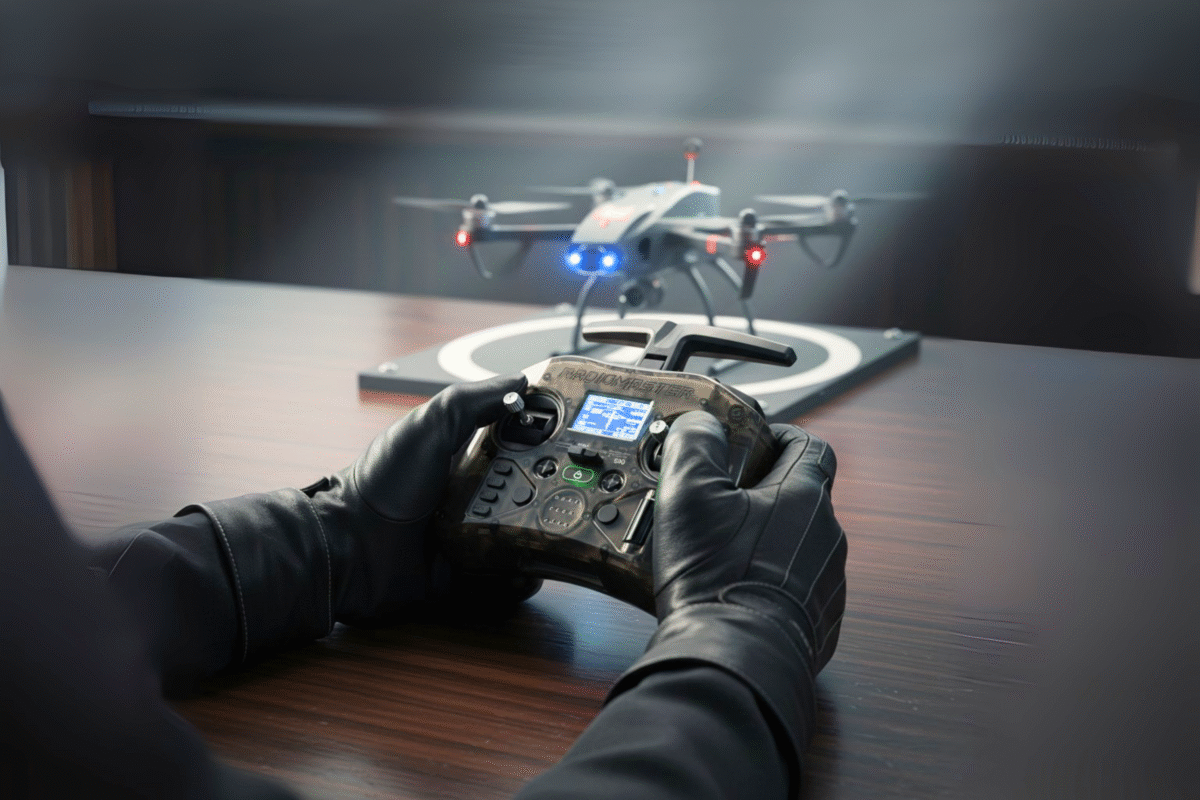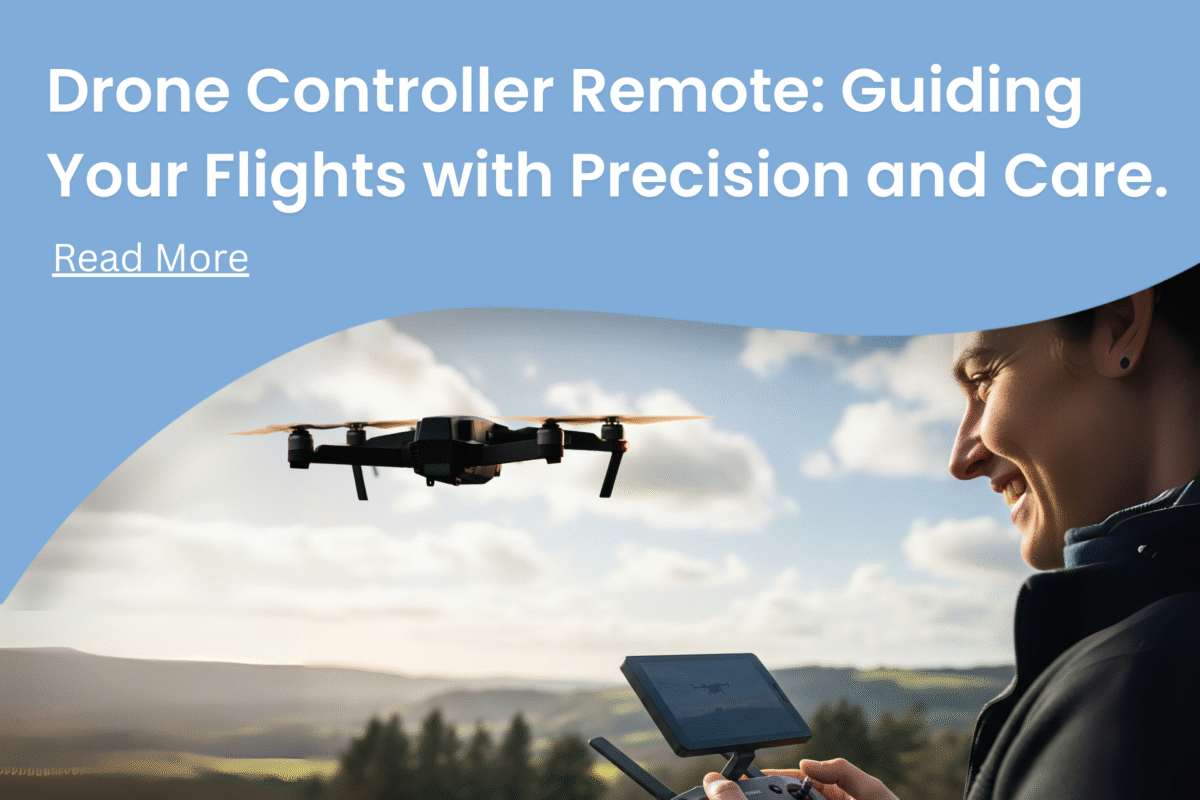Drones
Drone Controller Remote: Guiding Your Flights with Precision and Care
Every smooth flight begins with the drone controller remote, the essential tool that connects you to your flying machine. This handheld device enables you to guide your drone, maintain its balance, and perform impressive tasks with ease through simple movements. A reliable controller makes drone flying safer, easier, and more enjoyable for both beginners and experienced pilots.
Why the Drone Controller Remote is Important
The drone controller remote is like the steering wheel of your car—it gives you control, safety, and direction in flight. Without a good controller, flying a drone becomes harder, less accurate, and even unsafe. A proper controller ensures that your drone responds quickly, handles wind more effectively, and remains stable in the air.
Modern controllers often include smart features like GPS, return-to-home, and customizable buttons, which make flying smoother. These features not only enhance your flying experience but also protect the environment by avoiding unnecessary crashes and damage.

Remote Control Drone: Flying Made Simple
The remote control drone works hand in hand with the controller, responding instantly to your commands. This pairing is what makes drone flying possible. A drone without a controller is like a car without a driver—it simply cannot perform safely.
Remote control drones are used for many purposes:
- Photography and Filmmaking: Capturing stunning aerial shots with stability.
- Environmental Work: Mapping forests, monitoring wildlife, and planting trees in eco-projects.
- Recreational Fun: Enjoying smooth flights and fun tricks for hobbyists.
- Educational Uses: Teaching students about technology, physics, and environmental science.
By combining technology with responsibility, remote control drones help us enjoy flying while still protecting nature.
Features of a Good Drone Controller Remote
When choosing a drone controller remote, look for these important features:
- Strong Signal Range: Ensures your drone can fly farther without losing connection.
- Ergonomic Design: Comfortable grip makes long flights easier for your hands.
- Precise Controls: Smooth joysticks allow accurate movements for stable flying.
- Safety Functions: Features like return-to-home prevent accidents and keep drones safe.
- Long Battery Life: A controller that lasts longer ensures uninterrupted flying sessions.
These features make flying more enjoyable while also reducing the risks of accidents and wasted energy.
Eco-Friendly Uses of Drone Controllers
Flying drones with a responsible drone controller remote can support eco-friendly projects. For example:
- Forestry Projects: Drones can plant seeds in areas where human access is difficult.
- Ocean Monitoring: Remote control drones can help track pollution and marine activity.
- Agriculture: Farmers use drones to check crops, saving water and resources.
- Disaster Relief: Controllers guide drones to deliver supplies or survey damage safely.
By using drones responsibly, we combine technology with environmental care.

Tips for Using Your Drone Controller Remote Safely
- Charge Properly: Always keep both controller and drone batteries charged before flying.
- Stay in Range: Do not push your drone beyond the signal range of the controller.
- Fly Responsibly: Avoid flying near wildlife or sensitive areas to prevent disturbance.
- Check Weather: Wind and rain can affect drone control and lead to crashes.
- Practice First: Begin with small flights to improve your skills before long distances.
Signs of a Good Remote Control Drone
If you are choosing a remote control drone, check for:
- Smooth response between the controller and drone.
- Built-in GPS and safety return features.
- Strong durability against light wind conditions.
- Rechargeable batteries with eco-friendly efficiency.
- Easy handling for beginners and professionals alike.
These qualities ensure safe, enjoyable, and sustainable flying.
Conclusion
The drone controller remote is the heart of safe and enjoyable drone flying, guiding every movement with precision. Working together with the remote control drone ensures smooth handling, stable flights, and eco-friendly use. By choosing reliable equipment, flying responsibly, and using drones for positive purposes, we can enjoy technology while caring for our planet. Responsible flying helps us create a balance between adventure and sustainability.

AXL OneView
Uses:
- Ideal for FPV (First Person View) drone flying with enhanced visibility.
- Perfect for racing pilots needing real-time performance data.
- Useful for monitoring system health during long-distance flights.
Features:
- Compact and lightweight for easy handling.
- Clear display for live flight information.
- Strong compatibility with modern FPV systems.
Goals:
- Improve pilot awareness with real-time flight data.
- Support safer and more informed flying experiences.
- Deliver advanced technology in a simple, reliable format.
Radiomaster TX16S Mark II HALL V4.0 ELRS (Mode 2)
Uses:
- Designed for professional FPV racing and freestyle flying.
- Supports fixed-wing, multirotor, and helicopter models.
- Popular among advanced hobbyists needing wide protocol support.
Features:
- Large color touchscreen with customizable interface.
- Hall sensor gimbals for precise and smooth control.
- Built-in ELRS for ultra-reliable signal transmission.
Goals:
- Provide high-end performance for serious drone pilots.
- Enhance precision in racing and freestyle flying.
- Offer multi-model flexibility with one advanced radio system.
RadioMaster GX12 Dual-Band Gemini-X Radio Controller (M2)
Uses:
- Ideal for pilots flying in crowded signal environments.
- Great for long-range FPV and professional drone applications.
- Suitable for both hobby and commercial projects.
Features:
- Dual-band operation for maximum signal stability.
- Ergonomic design with a comfortable stick feel.
- Strong interference resistance for safer flights.
Goals:
- Deliver confidence to pilots in challenging conditions.
Enhance communication reliability between the pilot and the drone. - Combine performance and safety in one compact design.
Radiomaster Boxer 2.4GHz Radio Controller (M2) – ELRS
Uses:
- Perfect for FPV racing pilots who need fast, responsive control.
- Suitable for everyday hobby flying.
- Great for compact setups requiring portable yet powerful controllers.
Features:
- 2.4GHz ELRS system for low-latency performance.
- Lightweight and portable design.
- High-quality gimbals for precise handling.
Goals:
- Make high-performance control accessible in a smaller form.
- Deliver speed and accuracy for competitive FPV racing.
- Provide portability without sacrificing quality.
RadioMaster Pocket Radio Controller (M2) – ELRS, Charcoal, FCC, Mode 2
Uses:
- Best for beginner pilots entering FPV flying.
- Suitable for travel-friendly drone setups.
- Works well for small racing drones and park flyers.
Features:
- Compact, pocket-sized design for easy portability.
- ELRS protocol for stable and reliable signal performance.
- FCC-approved for safe use in supported regions.
Goals:
- Offer an affordable, beginner-friendly entry into FPV flying.
- Provide a portable solution for drone pilots on the go.
- Ensure stable performance in a compact form factor.
1. It guides the drone’s direction, speed, and functions.
2. Keeps the drone stable during flights.
3. Allows safe landings and returns.
1. Some advanced controllers support multiple drones.
2. Most standard ones connect to one drone at a time.
3. Always check compatibility before trying.
1. Long signal range for safer flying.
2. GPS and return-to-home functions.
3. Comfortable grip for longer use.
1. Yes, many are designed with beginner-friendly features.
2. Some include training modes for practice.
3. Easy controls help reduce risks.
1. Charge only with recommended cables.
2. Store in a cool, dry place.
3. Avoid dropping or exposing to water.

